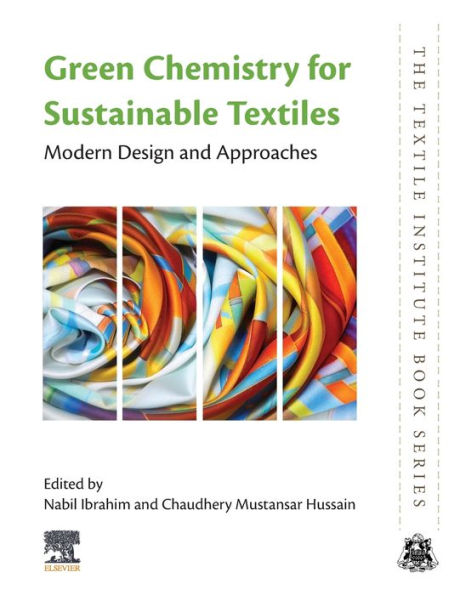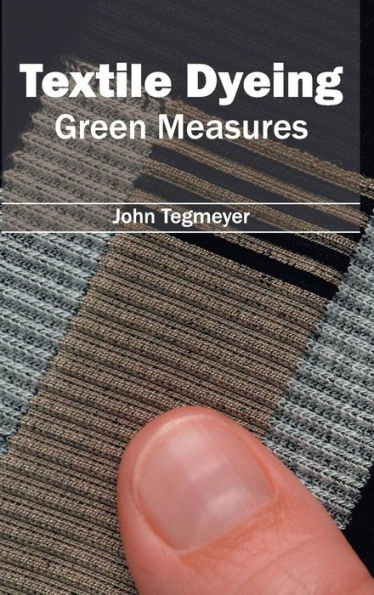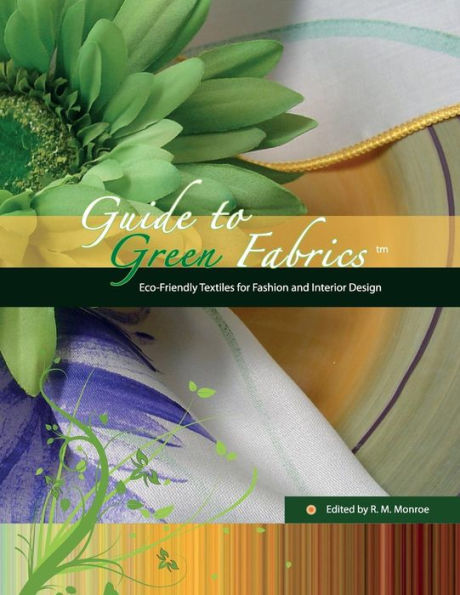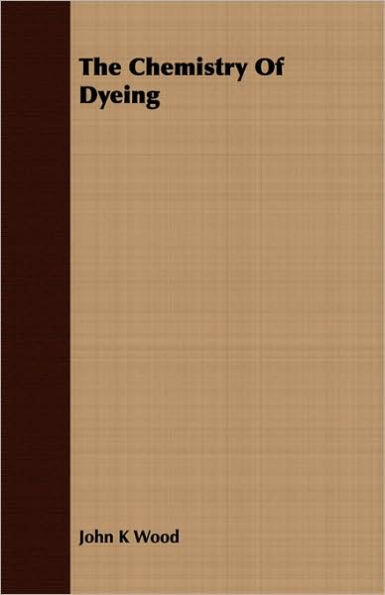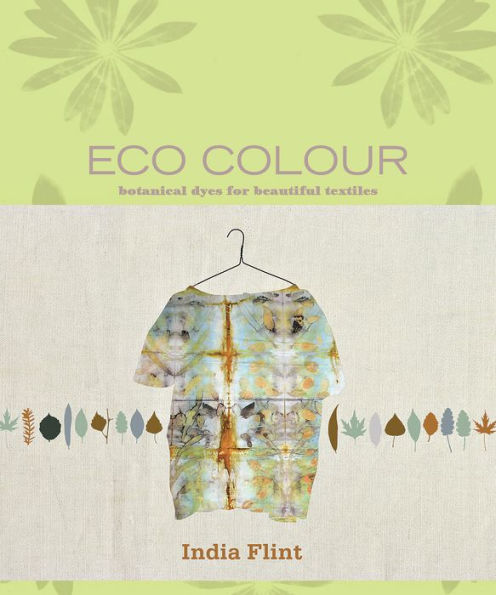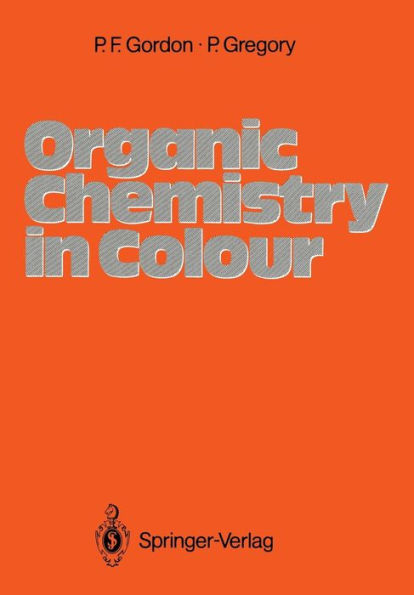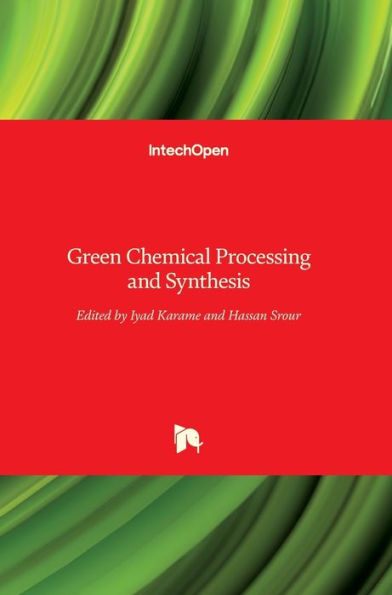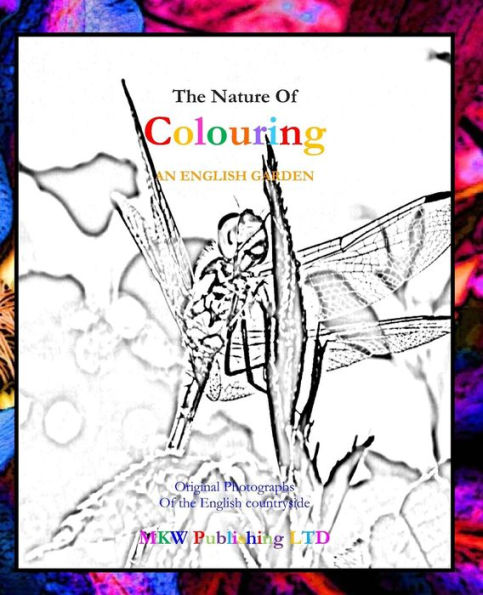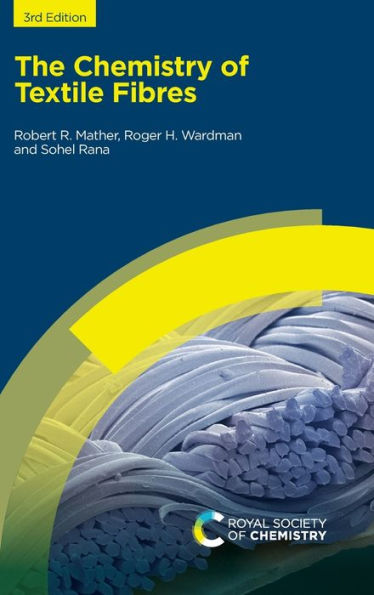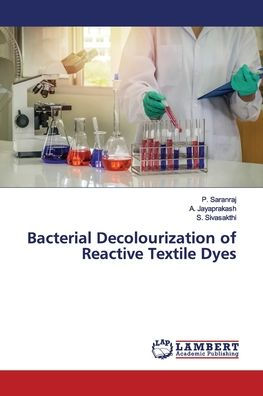Home
Green Chemical Approach in the Colouration of Fabrics


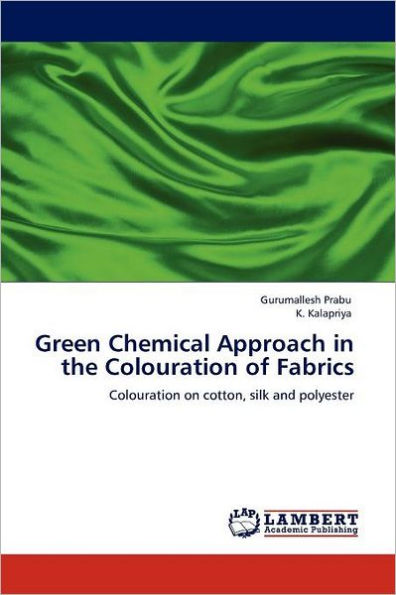
Green Chemical Approach in the Colouration of Fabrics
Current price: $73.44
Loading Inventory...
Size: OS
The textile industry is believed to be one of the biggest consumers of water. On average, an estimated 200 litres of water is needed to process 1 kg of textile material. Textile dyes are organic compounds that are carbon based. In the dyeing process, dyes are dissolved in a solvent, usually water. Once the dyes are in solution, they are absorbed by the textile fibre, passing into the interior of the material by a process called 'diffusion'. 100% exhaustion is challenging to achieve. The wastewater generated in the textile dyeing process can be difficult to treat due diverse nature od dyes and auxiliaries. Hence, studies in textile colouration by conventional and/or non-conventional methods that reduce environmental hazards have great scope for textile industries and other area of diverse applications. This research work has been carried out to explore the (i) utilization of natural materials for colouration by conventional method and (ii) application of non-conventional colouration methods to avoid the use of dyeing auxiliaries.
